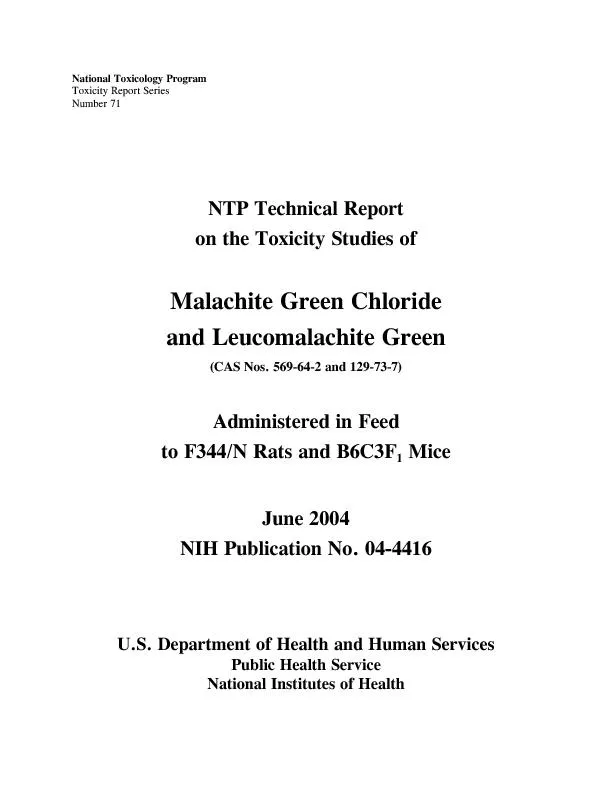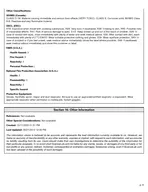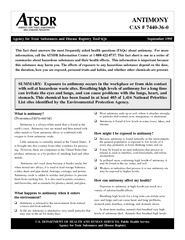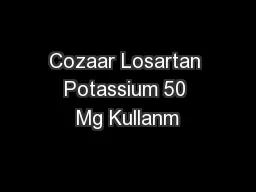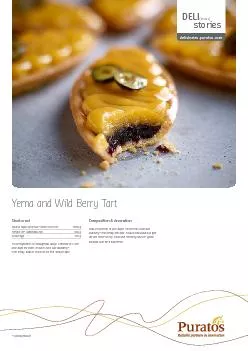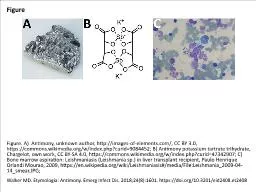PDF-1,2,4,5-Tetrachlorobenzene D & C Yellow No. 11 Antimony Potassium Tart
Author : yoshiko-marsland | Published Date : 2016-06-24
F1 xMCIxD 0 xMCIxD 0 APPENDIX F CHEMICAL CHARACTERIZATION AND DOSE FORMULATION STUDIES xMCIxD 1 xMCIxD 1 PROCUREMENT AND CHARACTERIZATION F2 OSE F3 Nuclear Magnet
Presentation Embed Code
Download Presentation
Download Presentation The PPT/PDF document "1,2,4,5-Tetrachlorobenzene D & C Yellow ..." is the property of its rightful owner. Permission is granted to download and print the materials on this website for personal, non-commercial use only, and to display it on your personal computer provided you do not modify the materials and that you retain all copyright notices contained in the materials. By downloading content from our website, you accept the terms of this agreement.
1,2,4,5-Tetrachlorobenzene D & C Yellow No. 11 Antimony Potassium Tart: Transcript
Download Rules Of Document
"1,2,4,5-Tetrachlorobenzene D & C Yellow No. 11 Antimony Potassium Tart"The content belongs to its owner. You may download and print it for personal use, without modification, and keep all copyright notices. By downloading, you agree to these terms.
Related Documents

